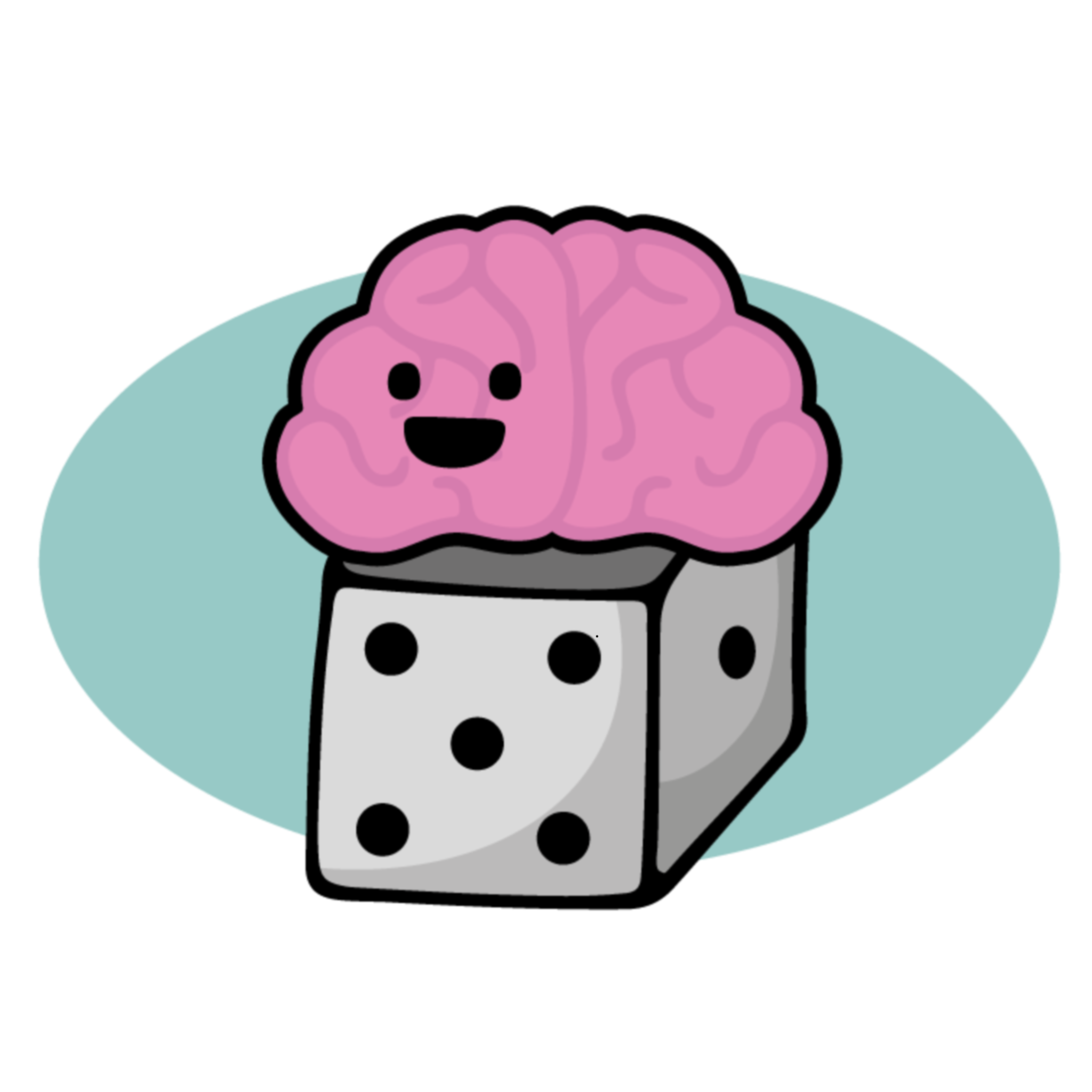The Importance of Post-Trauma Treatment
 Survivors of natural disasters, accidents, war, abuse, and crime often face a difficult road to recovery. Children and youth in particular, who are only beginning to learn strategies to cope with stress and worry, may develop chronic difficulties following a traumatic experience; we've been writing all week about Post Traumatic Stress Disorder (PTSD). In this week's episode of The Family Anatomy Podcast, William Krill (author of Gentling: A Practical Guide to Treating PTSD in Abused Children
Survivors of natural disasters, accidents, war, abuse, and crime often face a difficult road to recovery. Children and youth in particular, who are only beginning to learn strategies to cope with stress and worry, may develop chronic difficulties following a traumatic experience; we've been writing all week about Post Traumatic Stress Disorder (PTSD). In this week's episode of The Family Anatomy Podcast, William Krill (author of Gentling: A Practical Guide to Treating PTSD in Abused Children
Dr. Goenjian and his colleagues also examined the impact of treatment - and the method they used was brief, consisting of 6 sessions (both group and individual meetings) over 6 weeks. The decrease in PTSD symptoms among the teens who received treatment was three times greater than the untreated group, but they remained symptomatic. Improvements generally occurred in the re-experiencing, avoidance, and numbing symptoms. The depressive symptoms of the group that received treatment also improved.
What are the implications of these findings? First, the results are clear that PTSD symptoms can be long-lasting - 5 years is a significant portion of a young person's life! The upside, though, is that treatment, even if it is very brief, can have a long-term positive impact. Certainly, treatment programs should be implemented for youth following disasters. However, if these results can be generalized to other kinds of trauma, they suggest that treatment may be essential to overcoming traumatic events. In my experience, it sometimes requires an effort to find a therapist who is a good fit for a particular youth. Parents should keep in mind that one of the goals of therapy is likely to be a reduction in avoidance and numbing, which may be threatening for anyone who has experienced a traumatic event - youth may prefer to avoid therapy so they don't have to face the trauma. It might be worth "toughing it out" for a few sessions with a particular therapist before deciding if he or she is a good match.
You can read The American Journal of Psychiatry study here.
Vote for The Family Anatomy Podcast at Podcast Alley and for the blog at Blogger’s Choice!
Note: Posts on Family Anatomy are for education only. If you need to talk to someone about family or mental health issues, you can get a referral from your family doctor.
